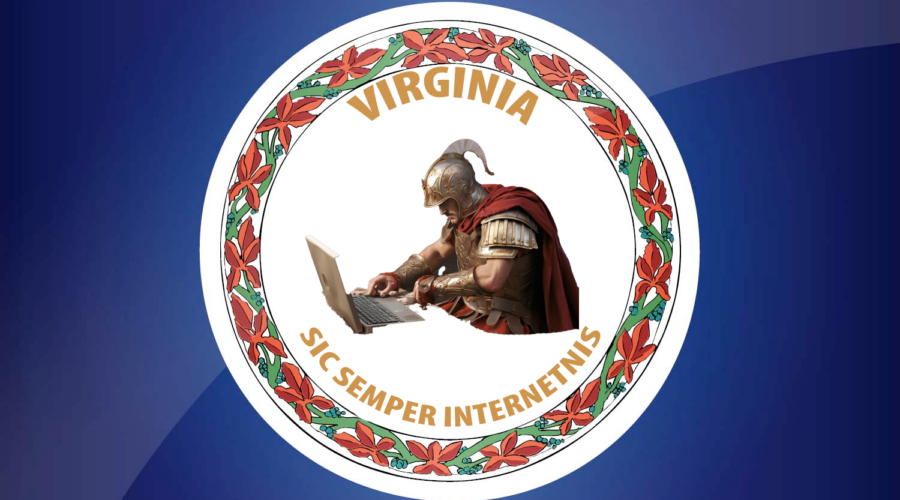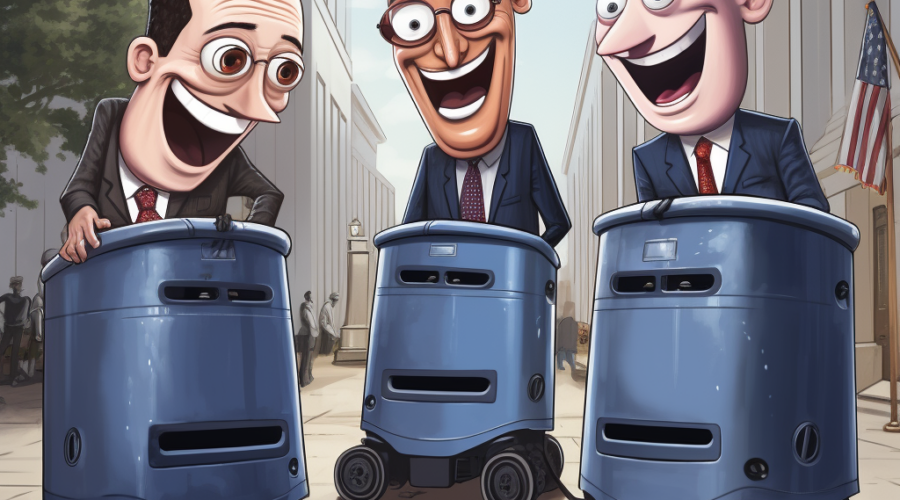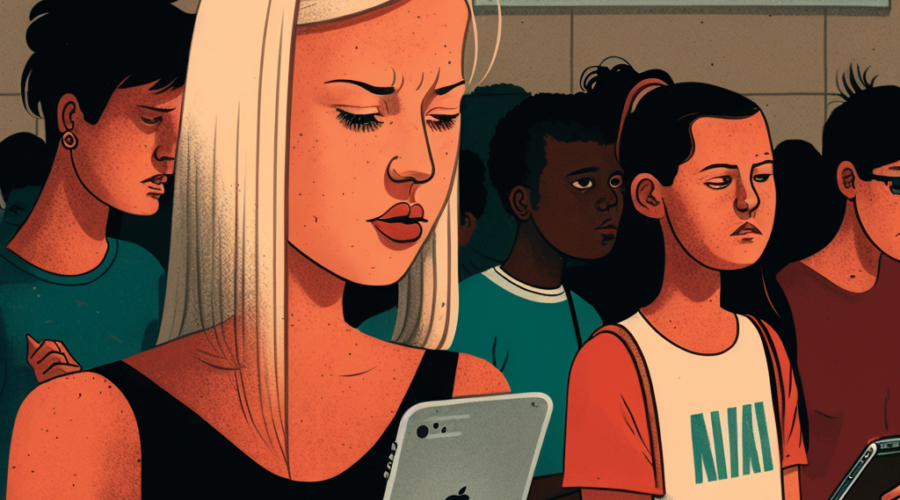Kids Online Safety Act May be a Threat to Privacy
The Kids Online Safety Act, recently reintroduced by a group of bipartisan US Senators, is being criticized as a potential gateway to digital censorship rather than genuine protection for minors online.
Yaël Ossowski, deputy director of the Consumer Choice Center, a Washington, D.C. based consumer advocacy group, argues that the bill poses constitutional concerns and could grant excessive powers to regulate digital platforms. Ossowski suggests that rather than enhancing online safety, such legislation might compromise user experiences and jeopardize personal data security.
The Consumer Choice Center contends that enacting this bill would signify a shift towards government control over children’s internet access, diminishing parental authority. Ossowski emphasizes that safeguarding children online should start at home, with parental guidance, rather than relying on government intervention to dictate their online activities.
Read the full text here














